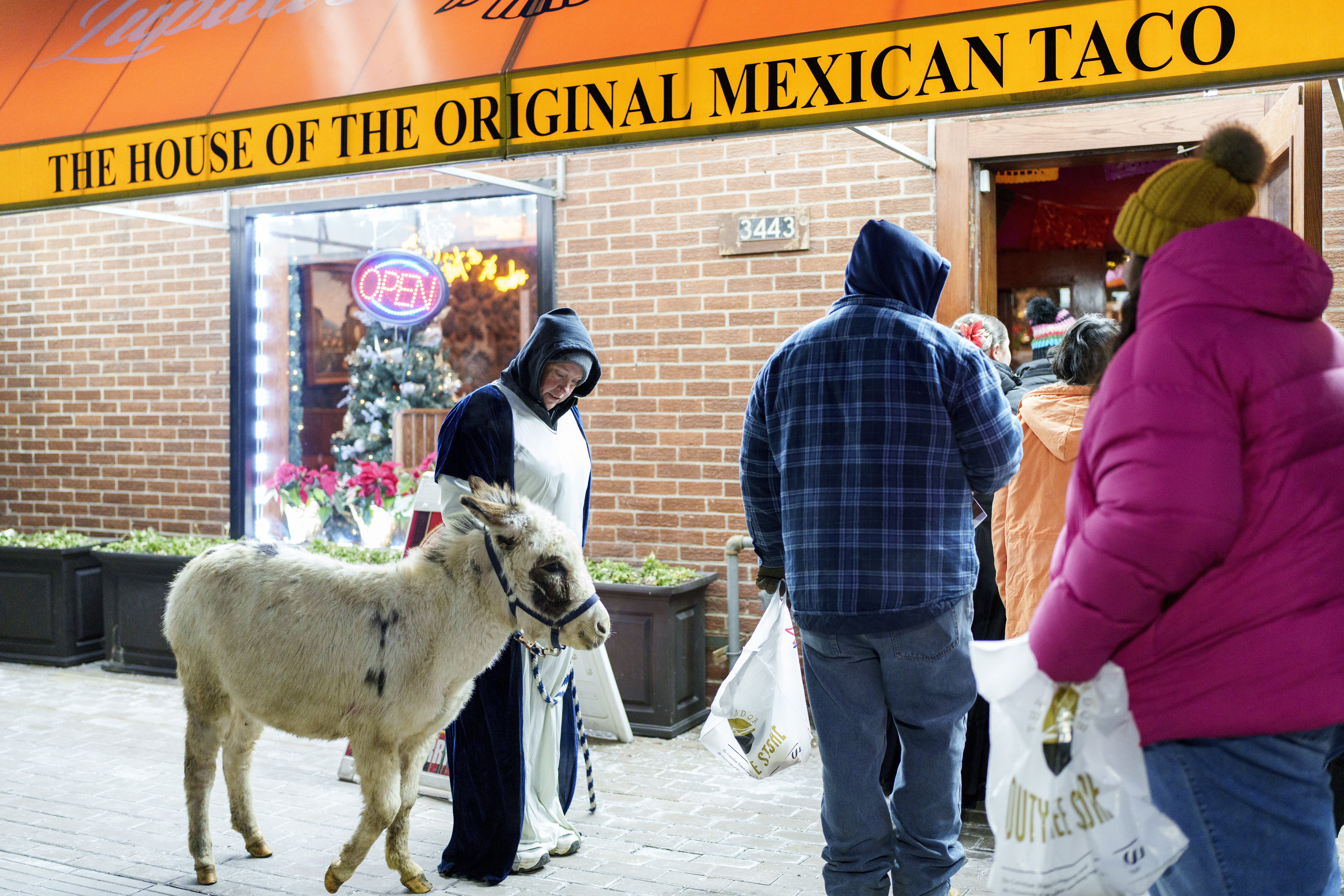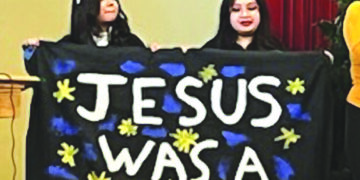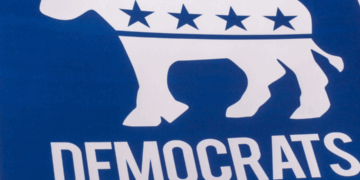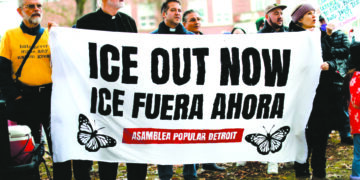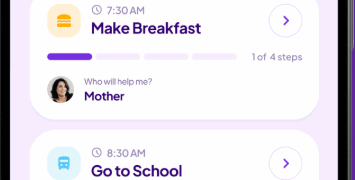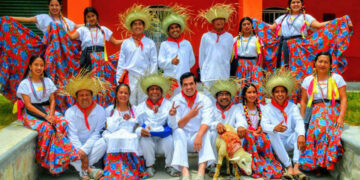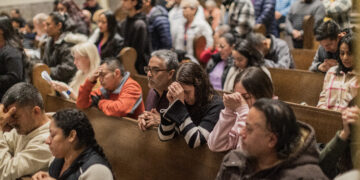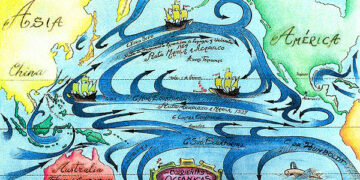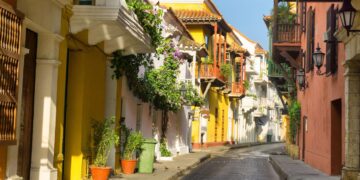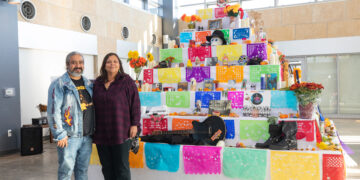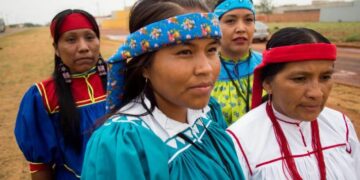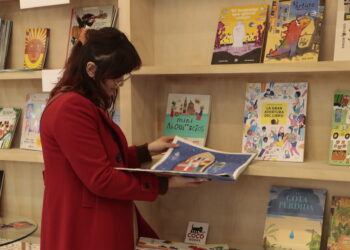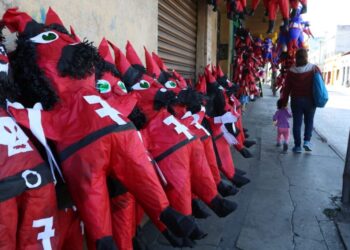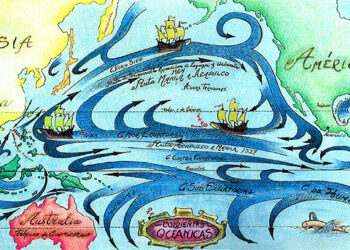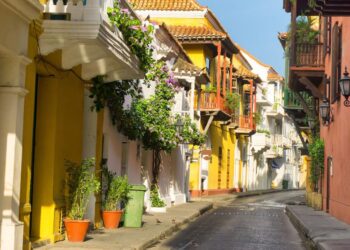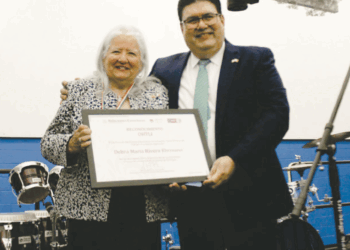El 2 de febrero de cada año se celebra el día de la Virgen de la Candelaria, pues es cuando se cumplen los cuarenta días posteriores al nacimiento del niño Jesús.

En este día fue cuando María y José llevaron al niño Jesús a presentarlo al templo, donde se encontraron con Simeón, a quien el Espíritu Santo le había revelado que vería antes de su muerte al Mesías, quien traería la luz y salvación de todos los pueblos. Al ver llegar a María y José con el niño en brazos, Simeón lo cargó y después de eso pudo descansar en paz.
En México, la tradición de la candelaria está fuertemente ligada al día de reyes, pues indica que este día quienes sacaron al niño en la rosca de reyes, van a la iglesia a presentarlo para que tanto el niño Jesús, como los padrinos y madrinas reciban la bendición del sacerdote. Después de la ceremonia religiosa, los padrinos y madrinas, que son quienes sacaron al niño en la rosa de reyes el 6 de enero, hacen una reunión en la que ofrecerán tamales. Para llevar a presentar al niño, en algunas comunidades de México la fiesta se hace en procesión con música y pirotecnia.
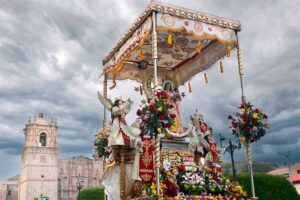
Es importante entender que para México la parte central de la celebración es el niño Jesús, por ello es cuando se dan por concluidas las fiestas navideñas, siendo así al día siguiente se levanta el nacimiento y los adornos navideños de las casas.
Para Perú, el día 2 de febrero tiene su centro de celebración en la ciudad de Puno, en la región del río Titicaca, que este año ha dado inicio su celebración desde el mes de enero con la presentación de miles de danzantes con actividades culturales y, sobre todo, religiosas que enmarcan la festividad. La festividad dura 21 días, del 24 de enero y el 13 de febrero, siendo el día central de veneración es el 2 de febrero.
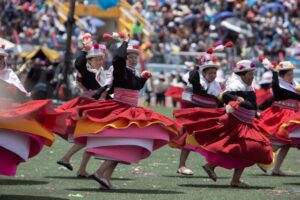
Entre estas actividades podemos encontrar:
La novena, que va de 24 de enero al 1 de febrero, es cuando se llevan a cabo las nueve ceremonias litúrgicas y que concluyen el 1 de febrero, día de la víspera, con la entrada de los cirios y la llegada de los «K’apos», la leña que ese mismo día servirá para encender el fuego de la festividad.
El día 2 de febrero, que es día principal al ser el día de la candelaria. En este día se lleva a cabo la Procesión de la Virgen de la Candelaria acompañada de los diferentes danzantes, con sus respectivas máscaras.
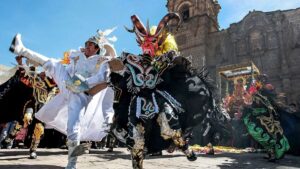
El 3 de febrero, no siendo éste el día principal de la fiesta, está también lleno de color, música y danza se lleva a cabo una competencia para honrar a la Virgen de la Candelaria. Esta es una celebración divertida llena de música, danza y cultura. Los concursantes de la competencia están decorados con atuendos nativos y máscaras excéntricas. El mismo 3 de febrero se inicia con la octava, que concluye con una misa, la Gran Parada, un concurso de trajes de luces y el Cacharpari o despedida de la Virgen de la Candelaria.
Las fiestas de la Virgen de la Candelaria cierran el 12 ó 13 de febrero con una procesión de danzantes y música andina que celebran la Apoteosis.
Candelaria celebrations in Latinamerica
On February 2 of each year, the day of Our Lady of Candelaria, the Virgin of Candelaria is celebrated, as it is when the forty days after the birth of the baby Jesus are fulfilled. On this day it was when Mary and Joseph took the Jesus to present him to the temple, where they met Simeon, to whom the Holy Spirit had revealed that he would see the Messiah before his death, who would bring light and salvation to all peoples.

Seeing Mary and Joseph arrive with the child in their arms, Simeon picked him up and after that he was able to rest in peace.
In Mexico, the tradition of the Candelaria is strongly linked to Three Kings Day, as it indicates that on this day those who took the child out in the Rosca de Reyes, January 6th. Those who got a child figure go to the church to present Jesus, so that both the baby Jesus and the godfathers and godmothers receive the priest’s blessing.
After the religious ceremony, the godfathers and godmothers, hold a celebration in which they will offer tamales and atole. To present the child, in some communities in Mexico the party is held in a procession with music and pyrotechnics.

It is important to understand that for Mexico the central part of the celebration is the baby Jesus, that is why it is when the Christmas holidays are concluded.
In Peru, February 2 has its celebration center in the city of Puno, in the region of the Titicaca River, which this year has begun its celebration in January 12th with the presentation of thousands of dancers with cultural and, above all, religious ones that frame the festivity. The festival lasts at least 21 days, from January 24 to February 13, with the central day of veneration being February 2.

Among these activities we can find: The novena, which runs from January 24 to February 1, is when the nine liturgical ceremonies are carried out and conclude on February 1, the day of the eve, with the entry of the candles and the arrival of the «K ‘apos’, the firewood that that same day will serve to light the fire of the festival.
On February 2, which is the main day as it is Candlemas Day. On this day the Procession of the Virgin of La Candelaria takes place accompanied by the different dancers, with their respective masks.

On February 3, this is not the main day of the festival, it is also full of color, music and dance, a competition is held to honor the Virgin of Candelaria. This is a fun celebration filled with music, dance and culture. The contestants of the competition are decorated in native attire and eccentric masks. The same February 3 begins with the octave, which concludes with a mass, the Great Parade, a light costume contest and the Cacharpari or farewell to the Virgin of Candelaria.
The festivities of the Virgen de la Candelaria close on February 12 or 13 with a procession of dancers and Andean music that celebrate the Apotheosis.

